
2023-24 Seed Grant Awards
CRESCENT Seed Grant Program

CRESCENT’s scientific needs are significant, and the ambitious work proposed could never be addressed by CRESCENT researchers alone. The CRESCENT Seed Grant Program was established to help achieve those aspirational goals by creating an opportunity to distribute CRESCENT resources to the broader community. The CRESCENT Seed Grant Program has the dual goals of broadening community participation and increasing the breadth of scientific investigations related to the center’s goals. The center invited the community to participate through a proposal call to address key scientific challenges identified through CRESCENT’s three major pillars:
- Science
- Geoscience Education and Inclusion
- Partnerships and Applications

Funded Seed Grants
2023-24 Awardees

This year we had 42 seed grant applicants of which 14 were funded.

Rasheed Ajala
Postdoctoral Research Scientist
Columbia University
Multi-Resolution and -Scale Synthesis of Cascadia Earth Models

Rasheed Ajala, Postdoctoral Research Scientist at Columbia University
Collaborator: Folarin Kolawole, Columbia University
Ajala and Kolawole aim to develop new multi-scale and multi-resolution Earth models for Cascadia by merging existing regional- and local-scale tomographic models to help advance the knowledge of Cascadia subsurface structure. In doing so, they will make the merging programs more accessible to the modeling community.
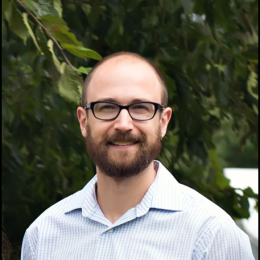
Adam Booth
Associate Professor
Portland State University
Placing quantitative bounds on the use of paleo landslide distributions as paleo earthquake indicators along the Cascadia margin

Adam Booth, Associate Professor at Portland State University
Collaborator: Obinna Ozioko, Portland State University
Booth and Ozioko seek to quantitatively determine if and how the geomorphic record of landslides can be interpreted as an indicator of prehistoric earthquake shaking which will advance the understanding of the relative weights of past landslide triggering events and inform planning for future subduction zone related hazards.
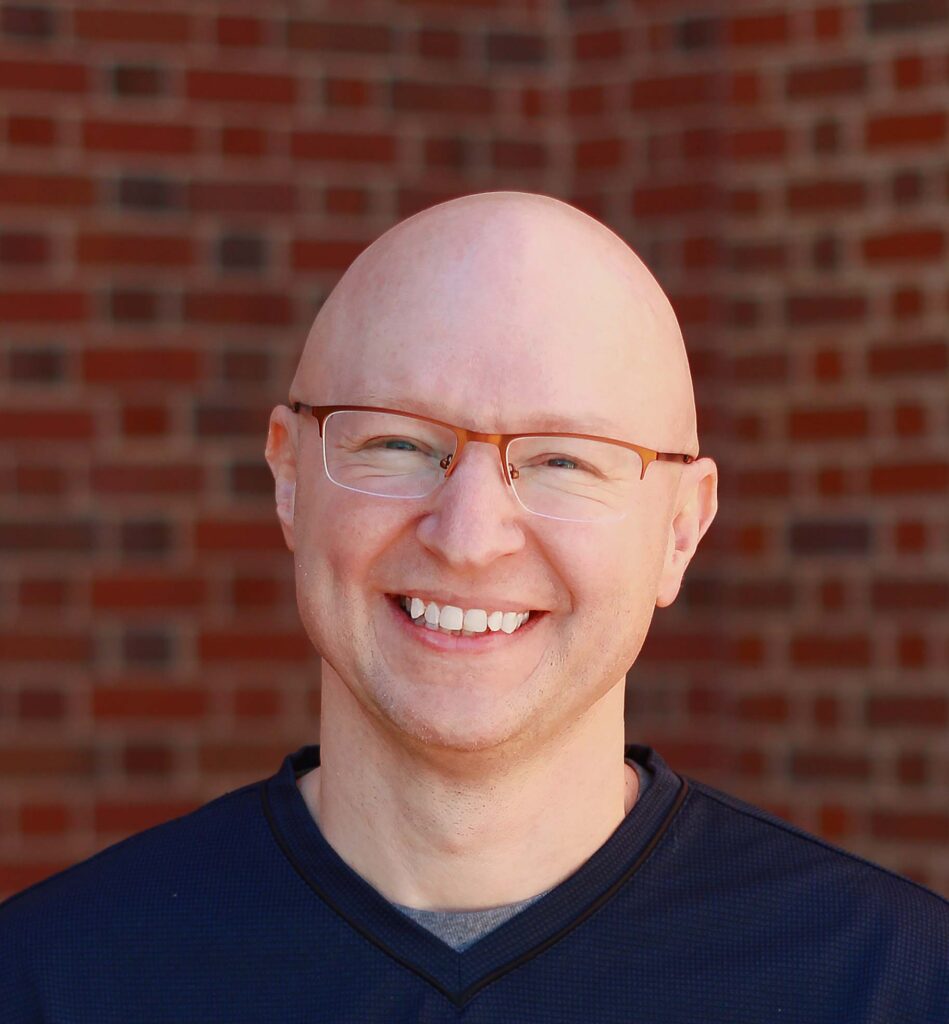
Michael Brudzinski
Professor
Miami University
Assessment of Availability and Accessibility of Hazard Warnings in Cascadia to Improve Equity in Disaster Risk Reduction

Michael Brudzinski, Professor at Miami University
Brudzinski aims to increase availability and access to earthquake early warning systems in limited English proficiency communities in San Diego County through the SD-Emergency multi-hazard smartphone app. Brudzinski proposes to apply similar analytics and survey strategies in Oregon and Washington to evaluate multi-hazard alerting experiences and accessibility, with the goal of supporting technological developments to enhance alerting capabilities in Cascadia.
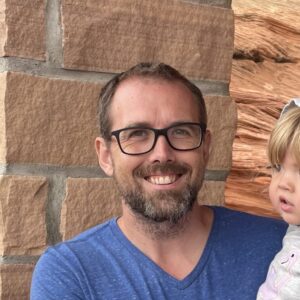
Joseph Byrnes
Assistant Research Professor
Northern Arizona University
A deep denoising algorithm targeting oceanic noise in seafloor seismometer data

Joseph Byrnes, Assistant Research Professor at Northern Arizona University
Byrnes aims to develop deep learning algorithms to remove current-generated noise from ocean-bottom seismometers which could expand offshore seismic catalogs in Cascadia, enable observation of slow slip and high SNR teleseismic shear-wave observations, and lead to future applications.

Ashly Cabas
Associate Professor
North Carolina State University
Understanding the Performance of Ground Motion Models (GMMs) in Megathrust Tectonic Environments

Ashly Cabas, Associate Professor at North Carolina State University
Collaborators: Renmin Pretell, University of Nevada – Reno; Gonzalo Montalva, University of Concepción Chile
Cabas and collaborators seek to assess the extent to which selected GMMs provide accurate estimates of median ground motions and their associated variability in Cascadia. Investigations will focus on how local geology is represented in three densely populated cities (Seattle, WA; Lima, Peru; Concepción, Chile), providing insights for predicting ground motions in megathrust tectonic environments and advancing seismic hazard understanding in Cascadia.


J. Pablo Canales
Senior Scientist
Woods Hole Oceanographic Institution
Cascadia Plate Interface Structure Between 40-45°N From Amphibious Regional- Earthquake-Tomography Vp and Vs Models

J. Pablo Canales, Senior Scientist at Woods Hole Oceanographic Institution
Canales will build 3-D Vp, Vs, and Vp/Vs regional velocity models that can inform about southern Cascadia plate interface physical properties. Canales will investigate how variations in incoming and upper plate structures and presence (or absence) of a high Vp/Vs subducted slab relates to plate interface seismic structure, plate locking, and seismogenesis.
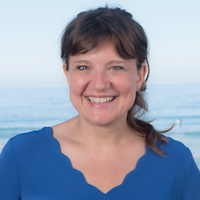
Alice-Agnes Gabriel
Associate Professor
University of California at San Diego
Synergizing megathrust Seismo-Geodetic coupling and slip models using Optimal Transport and Machine Learning Frameworks to mitigate earthquake hazard in Cascadia

Alice-Agnes Gabriel, Associate Professor, at University of California at San Diego
Collaborator: Bar Oryan, University of California at San Diego
Gabriel and Oryan aim to derive a statistically rigorous finite fault slip distribution for the Cascadia subduction zone by integrating finite slip models from various global megathrusts and synthesizing seismic and geodetic data, with the goal of improving estimations of seismic and tsunami hazards.
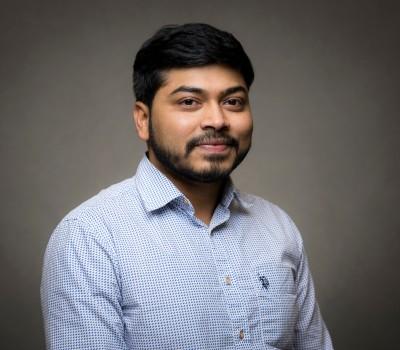
Amalesh Jana
Instructor
Oregon State University
Soil-Specific Ground Motion Model for the Equivalent Number of Loading Cycles for Subduction Zone Earthquakes and Cyclic Failure Assessments

Amalesh Jana, Instructor at Oregon State University
Collaborator: Armin Stuedlein, Oregon State University
Jana and Stuedlein aim to leverage the NGA Subduction database to develop new ground motion models to estimate the median and variability in the number of equivalent cycles for interface and intraslab earthquakes.

Madeleine Lucas
Graduate Student
University of Washington
Exploring geomorphology of active offshore faults in Cascadia and building pathways to STEM engagement at the Quileute Tribal School

Madeleine Lucas, Graduate Student at University of Washington
Collaborators: Larry Syu-Heng Lai, University of Washington; Jeffrey Beeson, Oregon State University/NOAA PMEL; Richard Parra, University of Washington; Alison Duvall, University of Washington; Janet Watt, USGS Pacific Coastal and Marine Science Center; Harold Tobin, University of Washington; Tamara Aránguiz-Rago, University of Washington
Lucas and collaborators seek to advance the knowledge of offshore fault activity in Cascadia through geomorphic analysis of high-resolution bathymetry. They will translate the scientific outcomes into the development of a Cascadia-focused geomorphology curriculum, coupled with a high school internship program at the Quileute Tribal School that centers Quileute indigenous culture.
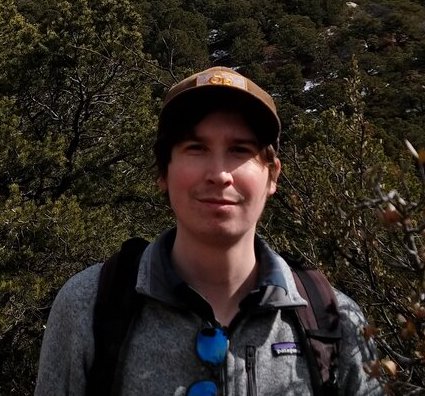
Ross Maguire
Assistant Professor
University of Illinois Urbana-Champaign
Assessing Tomographic Models of the Cascadia Region Using Short to Intermediate Period Spectral Element Waveform Simulations

Ross Maguire, Assistant Professor at University of Illinois Urbana-Champaign
Maguire will conduct forward modeling experiments using 5 tomography models of the Pacific Northwest to assess their ability to match observed seismic waveforms with the goal of developing physics-based wave propagation workflows specific to Cascadia and building a framework for model assessment and validation of the Community Velocity Model. Maguire will produce new educational material on Pacific Northwest seismic hazards by creating visualizations of seismic wave propagation that illustrate the effects of 3D structure.
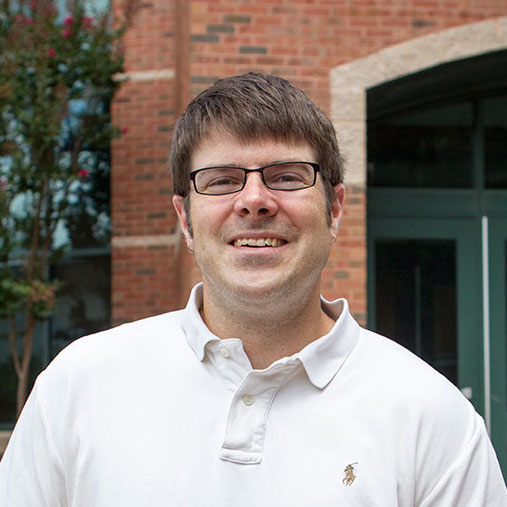
Scott Marshall
Professor
Appalachian State University

Andreas Plesch
Senior Research Scientist
Harvard University
Assuring Continuity Between a 3D Community Fault Model (CFM) in the Cascadia Region and the SCEC CFM and Integration of Foundational Datasets for CFM Development

Scott Marshall, Professor at Appalachian State University; Andreas Plesch, Senior Research Scientist at Harvard University
Collaborators: John Shaw, Harvard University; Ashley Streig, Portland State University; Colin Amos, Western Washington University
Marshall and Plesch aim to create continuity between the southern portion of the CRESCENT CFM and the northern portion of the Statewide California Earthquake Center (SCEC) CFM in the onshore forearc and offshore splay fault regions. The project will integrate the new fault model with CRESCENT’s web-based tools using SCEC CFM’s format, providing consistent topographic and seismicity surfaces.

Brett Maurer
Associate Professor
University of Washington
Cascadia Liquefaction Hazard Maps for Scenario Planning and Rapid Response: Partnering Around Community Data and Mechanics-Informed AI

Brett Maurer, Associate Professor at University of Washington
Collaborator: Marc Eberhard, University of Washington
Maurer and Eberhard plan to use community data and mechanics-informed AI to develop high-resolution regional liquefaction hazard maps with near-real-time capabilities. This work will encourage collaboration amongst community partners, compile data that will be useful for many years to come, and generate liquefaction hazard maps to serve a diverse set of peoples, communities, and organizations.


Carol Sawyer
Associate Professor
University of South Alabama
Perceptions of Earthquakes by Olympic Peninsula, Washington, Visitors and Residents

Carol Sawyer, Associate Professor at University of South Alabama
Collaborator: Frances Mujica, University of South Alabama
Sawyer and Mujica seek to understand how factors such as perception of natural hazards and past experiences with earthquakes affect preparedness and response of tourists visiting Olympic National Park and residents of nearby communities. Findings will be shared with local and federal officials to adjust current hazard information and improve safety measures for both groups.
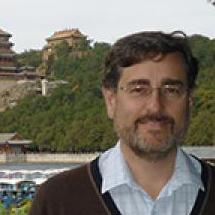
Adam Schultz
Professor
Oregon State University
Magnetotelluric Monitoring of Fluid Movements in the Cascadia Margin Mantle Wedge and Crust During Episodic Tremor and Slip Events: A Feasibility Study

Adam Schultz, Professor at Oregon State University
Collaborator: Xiaolei Tu, Oregon State University
Schultz and Tu aim to understand the role of fluid redistribution in episodic tremor and slip (ETS) along subduction zone plate boundaries. This study involves constructing synthetic dynamic fluid migration models and performing sensitivity analyses and joint magnetotelluric-seismic inversions to validate magnetotelluric’s ability to track fluid migrations during ETS.
